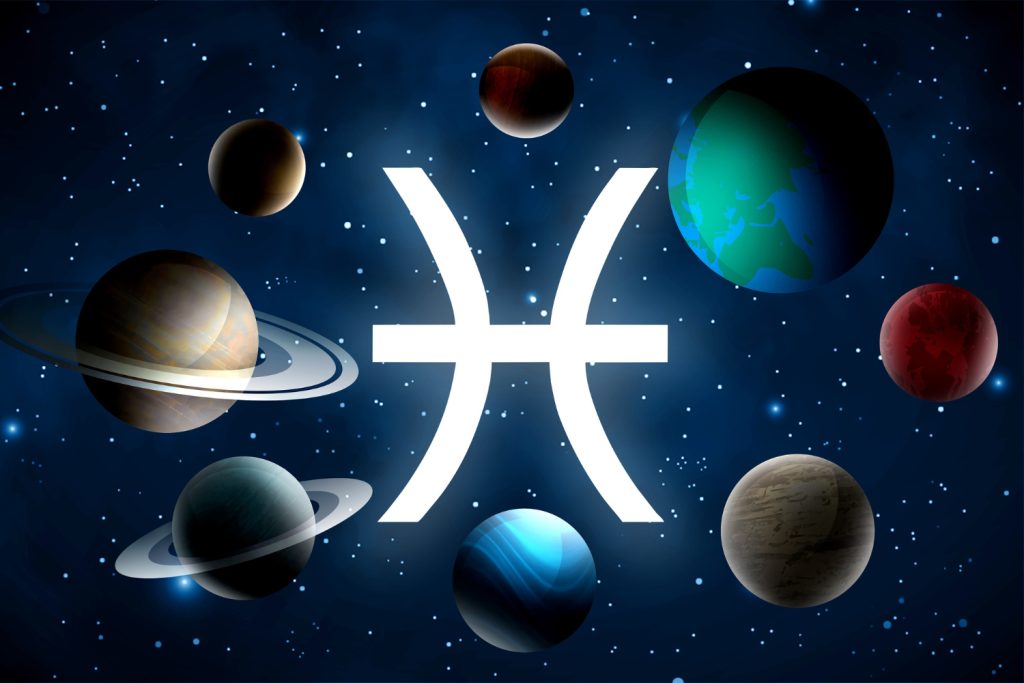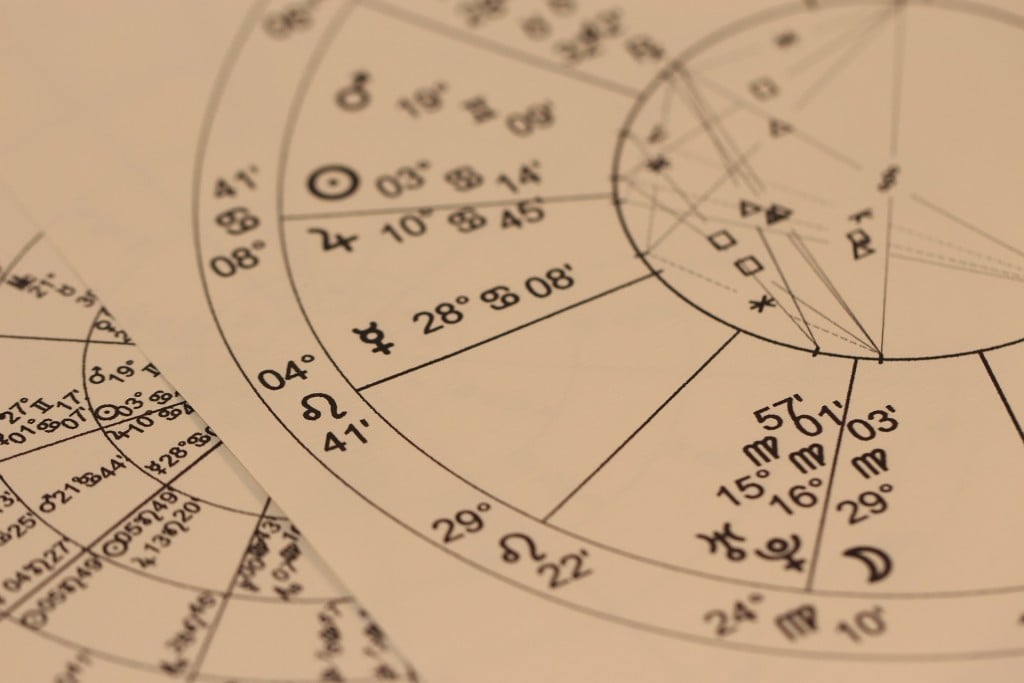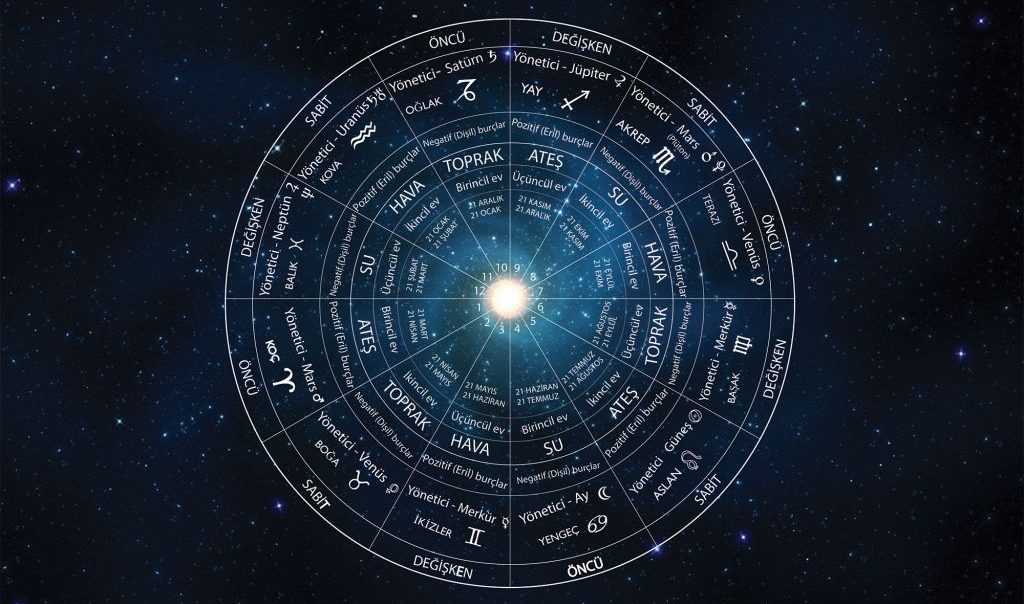Understanding your birth chart is like uncovering a personalised map of the heavens at the moment you were born. This chart, also known as a natal chart, is a snapshot of where the planets, signs, and houses were positioned in the sky at your exact time and place of birth. For those interested in astrology, it offers a detailed look at various aspects of their personality, potential life paths, and significant experiences. In this article, we will guide you through the basics of interpreting your astrology chart.
What Are The Planets?
In astrology, planets represent different facets of human expression. Each planet symbolises a different part of our psyche and governs various aspects of our behaviour and experiences. For example:
- Sun: Represents the core of who you are, your ego, and your sense of self.
- Moon: Reflects your emotions, instincts, and subconscious.
- Mercury: Governs communication, thinking, and processing information.
- Venus: Influences love, beauty, and personal values.
- Mars: Represents drive, aggression, and sexual energy.
- Jupiter: Symbolises growth, expansion, and opportunities.
- Saturn: Associated with structure, discipline, and responsibility.
- Uranus: Signifies innovation, rebellion, and sudden changes.
- Neptune: Represents dreams, intuition, and spirituality.
- Pluto: Governs transformation, power, and deep subconscious forces.

What Are The Signs?
The signs of the zodiac are the twelve 30-degree segments of the ecliptic, each associated with distinct traits and ways of expressing the energies of the planets. They describe how human expression is carried out. For example:
- Aries: Energetic, assertive, and pioneering.
- Taurus: Steady, practical, and sensual.
- Gemini: Communicative, adaptable, and curious.
- Cancer: Nurturing, emotional, and protective.
- Leo: Confident, dramatic, and generous.
- Virgo: Analytical, detail-oriented, and reliable.
- Libra: Diplomatic, charming, and balanced.
- Scorpio: Intense, passionate, and mysterious.
- Sagittarius: Optimistic, adventurous, and philosophical.
- Capricorn: Ambitious, disciplined, and pragmatic.
- Aquarius: Innovative, humanitarian, and eccentric.
- Pisces: Compassionate, intuitive, and dreamy.
What Are The Houses?
Houses in astrology represent different areas of life where the energies of the planets and signs manifest. Each of the twelve houses is associated with specific life themes:
- 1st House: Self-image, physical appearance, and personal identity.
- 2nd House: Finances, possessions, and values.
- 3rd House: Communication, siblings, and short trips.
- 4th House: Home, family, and roots.
- 5th House: Creativity, romance, and children.
- 6th House: Daily routines, health, and work.
- 7th House: Partnerships, marriage, and open enemies.
- 8th House: Shared resources, transformation, and the occult.
- 9th House: Higher education, travel, and philosophy.
- 10th House: Career, public life, and reputation.
- 11th House: Friendships, groups, and aspirations.
- 12th House: Solitude, secrets, and the subconscious.
How Do You Put Together A Description?
To interpret a birth chart, astrologers consider the planets, signs, and houses together. For example, if your Sun is in Leo (sign) in the 10th house (house), it suggests that your core identity (Sun) expresses itself in a dramatic, confident manner (Leo) and is focused on career and public image (10th house).

What Are the Coloured Lines Within the Chart?
The coloured lines in a chart represent aspects, which are angles between planets that indicate how they interact with each other. These interactions can be harmonious or challenging, influencing how the planetary energies blend.
Ptolemaic Aspects
- Conjunctions: When two planets are very visually ‘close together’ in the chart, their energies merge, creating a powerful combined force.
- Oppositions: When planets are 180 degrees apart, they face each other, highlighting tension and the need for balance. It also entails themes such as projections and blame for the other person
- Squares: At 90 degrees apart, planets create friction and challenges that require effort to resolve. It can sometimes feel like a person is torn between two parts of themselves.
- Trines: At 120 degrees, planets flow together harmoniously, promoting ease and natural talent. Usually, this comes across as an asset and the native doesn’t quite see this as a real problem.
- Sextiles: At 60 degrees, planets work well together, offering opportunities and support. This comes across as somewhat a useful trait that can be utilised as a when it is needed.
Minor Aspects
- Quincunx (Inconjunct): At 150 degrees, it indicates adjustments and the need to reconcile different energies. The planets don’t have an immediately-logical connection – they’re not in the same mode or element. For this reason, these aspects can feel a bit strange for you; like two sides of yourself that seem to belong to two completely different people.
- Semi-Square: At 45 degrees, it suggests minor but persistent tension. Unlike sesquiquadrates, which tend more towards procrastination and minor issues that are ignored, semi-squares are very compulsive, ‘gotta have this’, ‘need to solve/have this right now’ aspects.
- Sesquiquadrate: At 135 degrees, it indicates challenges and obstacles that need to be addressed. It’s not a big enough problem that you want to spend time and effort solving it – more of an irritation than an outright problem. For this reason, sesquiquadrates are associated with procrastination and problems that are generally ignored (or ‘problems’ that are not really problems!).
Other Indicators In The Chart
Beyond the planets, signs, houses, and aspects, there are additional points and symbols that offer further insights.
Some Commonly-used Indicators
- Lunar Nodes: Represent karmic points that show your life’s purpose and lessons. The North Node indicates where you’re headed, while the South Node shows where you’ve come from.
- Chiron: Known as the “wounded healer,” it reveals areas of deep wounds and potential for healing and wisdom.
By understanding these elements, you can start to interpret the intricate web of influences in your astrology chart, providing a deeper insight into yourself and your potential paths in life. Remember, astrology is a tool for guidance and reflection, helping you navigate your journey with greater awareness.
Getting a Structured Education in Astrology
Given the numerous permutations and combinations of planets, signs, and houses, along with human complexities and nuances, it is clear that a certain level of training is necessary to read and interpret charts accurately. Self-study can be challenging due to the vast amount of scattered information available, and it is often difficult to verify the accuracy of this information.
At Selfstrology Academy, we start from the basics, requiring no prior knowledge. Each astrological term and concept is curated and scaffolded, with relatable class and live examples. To learn more about obtaining a structured education in astrology, visit Selfstrology Academy or contact us at hello@selfstrology.com or WhatsApp: +65 8138 3615.





